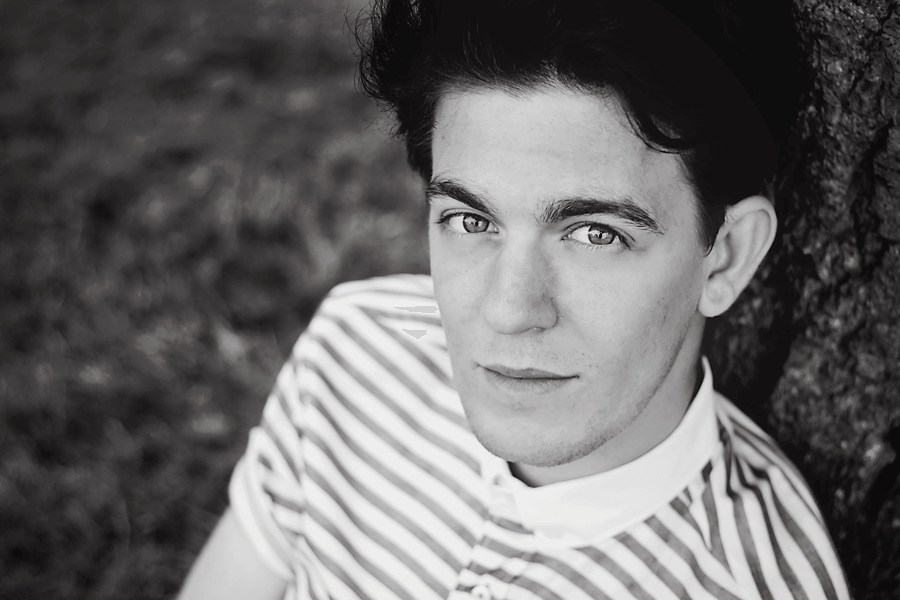Full Frame vs Crop Sensor - What's the difference?
Ever wondered what the difference is between a full frame and crop frame sensor?
How those differences will ACTUALLY affect you, and overall, which one is best?
Well, good news! This is exactly is what we’re going to dive into in this blog post.
What is the sensor?
Let’s rewind and start right back at the very beginning, and take a look at what a sensor actually is, before we start arguing about the differences between a full frame one or a crop frame one?
The sensor is simply the element of the camera that captures your image - it takes the light that comes in to the camera via your lens, and “converts” to a digital image (by way of an electrical signal or two)
It’s basically the “meat” of your camera as it’s the thing that picks up the image and makes it into a JPEG for us to enjoy!
When we talk about full frame or crop sensor, we’re really just talking about the SIZE of that sensor.
What does full frame mean?
Full frame means that you have the same sensor size as the old 35mm film frames. (which, if you’re interested, is measured as 36 x 24mm)
Now that’s been considered a full frame size waaaaaay back to the early 1900’s when film was first invented - it’s been a standard size since.
What does crop sensor mean?
Literally, someone came along and made a version of the sensor that was SMALLER than the traditional 35mm size - in other words, they cropped into it :)
A crop frame sensor shares the same ratio as the full frame sensor (which is a rectangular 3:2) but is smaller in overall size.
How much smaller does depend on the camera and the manufacturer - this is referred to as the crop factor, and you’ll find cameras with either a 1.2, 1.5 or 1.6 crop “factor”.
You do want to know that crop factor, because that’s going to help you determine how your lens is going to perform on your camera.
So for Canon, the crop factor is 1.6 and for Nikon it’s 1.5 (other manufacturers can vary, so you’d need to do some checking on your own for those!)
So how does this affect my photos?
What this means in practice is that the you will see something different through your viewfinder depending on whether you use a crop frame or a full frame sensor. So with everything else being the same - the same lens, the same distance from subject etc, with a crop frame sensor, you will see LESS in the frame than if you were using a full frame camera.
In other words, a crop frame will look more zoomed in than a full frame will. You can see this in this example below:
What this means in practice is that you need to consider how lenses are going to “perform” on your camera - so for example, a 50mm lens will give one field of view on your full frame camera, but act completely different on your crop frame, perhaps closer to how an 85mm would perform on a full frame.
Make sense?
So the actual lens focal length remains the same, it just ACTS differently on a crop frame sensor.
How do I know how a lens will perform on MY camera?
This is where that good ol’ crop factor we’ve just been talking about comes in.
What you can do is take the focal length of the lens you’re using (or want to use!) and then multiply it by that crop factor we just spoke about. So for a 50mm lens, you’d take 50 and multiply it by 1.6 for Canon (or 1.5 if you had Nikon) which gives you 80mm.
That means your 50mm focal length lens will “act” more like an 80mm would on a full frame!
And if you had a 28mm, that would act more like a 45mm lens.
Let let me show you an example! So the first image below is how your image would look on a full frame camera with a 50mm lens.
Then imagine standing in the same place, and swapping your camera for a crop frame, but keeping the same lens. What you would see through the viewfinder would now look more like this:
So, which is better - full frame or crop frame?
Totally generalising here, but the full frame is usually considered “better”, for a few reasons.
The first is that the full frame sensor provides a broader dynamic range, and therefore handles low light better, and gives you less noise (even when using high ISO’s) than a crop sensor. It’s for this reason alone that many people choose to upgrade!
The other reason is higher image quality, which means you get sharper, better quality colour images.
It can also be a better choice if you are a landscape photographer, or architectural photographer, as you get that wider angel of view.
However, they are damned more expensive than your crop frame sensor! (Not to mention heavier and bulkier)
Crop frame sensors might also be the better choice for you if you are a wildlife or car racing photographer, as you can get more “reach” with the same lens!
But remember, your camera sensor is just one tiny piece of the whole puzzle -knowing how to use your camera is a damn sight more important that getting a full frame.
Before you go, make sure you sign up to our free training “Pro Tricks For Pro Level Photos” and find out exactly how to make your images look more like the pros! I’ll be sharing how to avoid the mistakes most people make along with some of my favorite tricks to instantly up-level your photos! Click here to learn more and save your seat!
















